Planting and growing boxwood shrubs in your landscape is an excellent way to add year round foliage and interest to flowerbeds, patios and more. Even better, it is interest that won’t attract hungry deer!
Boxwoods are an easy care shrub that bring all kinds of versatility to nearly any landscape design. They can be shaped into hedges, grown as individual shrubs, or planted in small groups to anchor entrances and walkways.
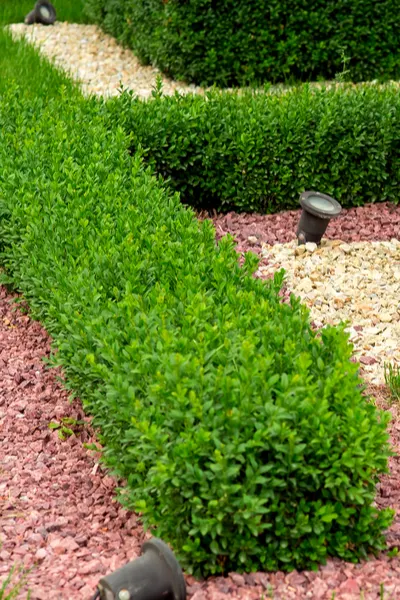
In addition, they perform well in pots and containers, making boxwoods a great choice for patios too. Throw in that they can grow well in full sun or partial shade, and are highly drought resistant and they become even more attractive.
But what really makes boxwoods a great choice is that deer rarely if ever bother them. In fact, the shrub produces a toxic chemical in its leaves that serves as a highly effective repellent to deer.
And not just for the boxwoods, but for other varieties of plants growing nearby! Here is a look at how to plant and grow boxwoods all over your landscape, including how to keep them well maintained for years to come.
Growing Boxwood Shrubs
A big advantage to planting boxwoods is that they adapt to nearly any soil type. As long as that soil is not overly moist.
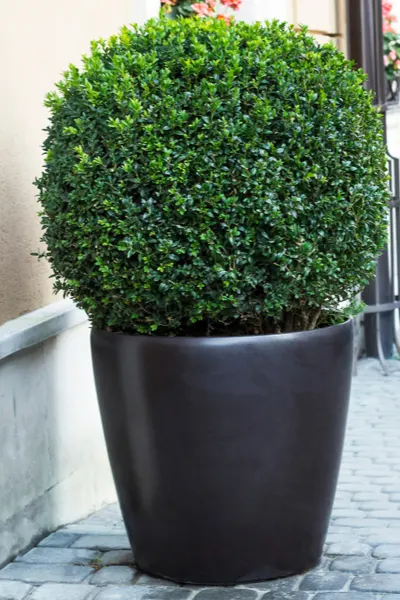
Boxwood shrubs might be able to handle sun, shade, and everything in between, but one thing they can’t handle is excess moisture. The roots are highly susceptible to rot, and excess water can take a quick toll.
There are, however, several steps you can take in the planting process that will help to alleviate excess moisture.
Planting – Growing Boxwood Shrubs
Before planting boxwood shrubs, begin by amending the planting hole with plenty of compost. Compost is the ultimate equalizer when it comes to moisture issues.
Not only will it hold enough moisture for plants to survive, but it also can drain excess moisture with ease. Add in that it provides plenty of trace elements and nutrients, and it is the perfect choice for creating great soil prior to planting. See : How To Create The Perfect Compost Pile
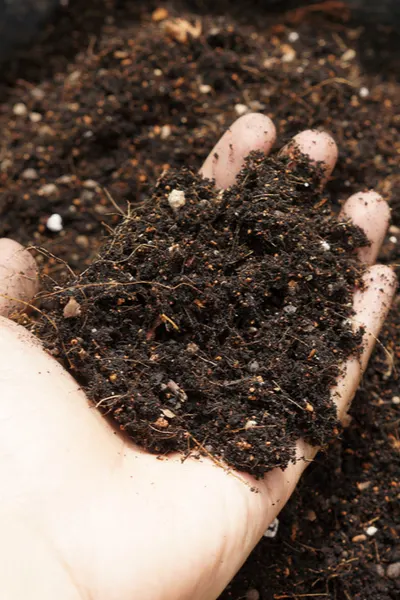
Creating The Planting Hole – Growing Boxwood Shrubs
Dig planting holes to twice the width of the container the plant came in, and about 25% deeper. This will allow the roots to stay closer to the soil surface as they grow, which for boxwoods is ideal. Planting too deep can easily create water logging issues for the plant.
Fill the bottom of the hole with a mix of compost and soil. Then set the plant in the middle of the hole, being sure the crown of the plant is at the surrounding surface soil level or just slightly above. This is important, as you do not want the plant crown to sit down below where water can pool around the roots.
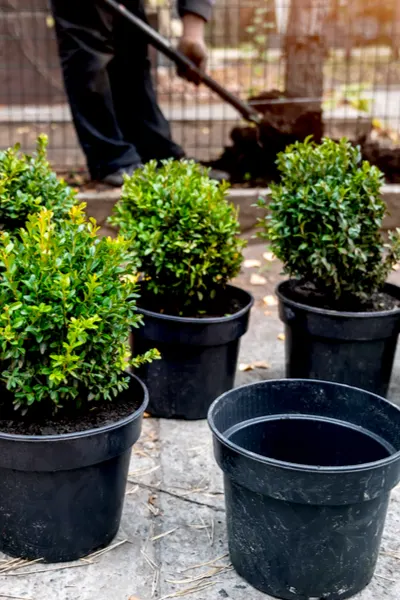
Finish by watering the plant into the hole, and filling the remainder of the planting hole with a 50/50 mix of compost and soil. Adding a light layer of mulch (a few inches) will complete the planting process.
Boxwoods are best planted in late fall, late winter or early in the spring. Always avoid planting in the heat of summer as it simply puts too much stress on the shrub.
Watering / Fertilizing / Long Term Care – Growing Boxwood Shrubs
Boxwoods are highly drought tolerant shrubs. Once established, they will rarely, if ever require watering. For the first year, water every few weeks when if rain has not fallen. Always be sure to check the soil prior to watering to make sure it is indeed dry.
Keep the plants lightly mulched year round to help suppress weeds and control the soil temperature. Be careful to avoid heavy applications of mulch around the base of plants. This again can keep moisture levels too high for the plant.
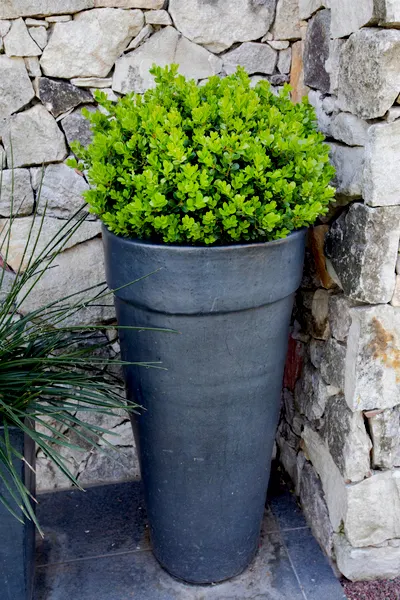
Although boxwoods are an evergreen, they do not require a special fertilizer. In fact, they will perform best with a spring application of all-purpose organic fertilizer.
Many mistake the boxwood shrubs to be more like pine and other evergreen plants, requiring more acidic fertilizers. This is not the case, and traditional all-purpose fertilizers will work best. Product Link : Jobes All Purpose Organic Fertilizer
Pruning
The foliage of boxwood shrubs grows quick, and is easy to shape as it does so. Frequent clippings in the spring and summer will help to keep the growth and foliage compact and full. Avoid late season pruning as it can expose the plant to extreme cold and winter damage.
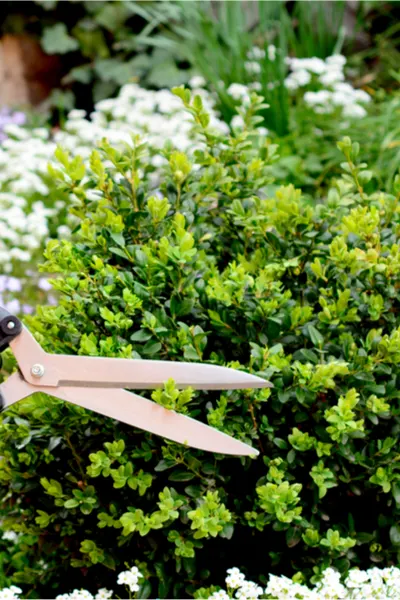
As for varieties to select, the sky is the limit. There are literally hundreds of species! Your best bet is to check with your local nurseries or extension office to see which varieties grow well in your area. Here is to adding year round greenery to your landscape by planting and growing boxwood shrubs!
This Is My Garden is a website dedicated to spreading the love and knowledge of gardening around the world. We publish two new garden articles each week. This article may contain affiliate links.

